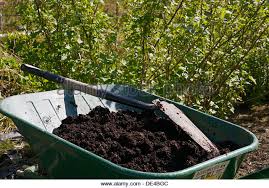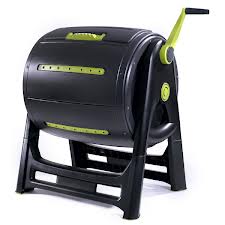This is an article on how to safely and easily compost human waste. It’s not difficult, but you MUST do it right, or people could get sick.
Human waste can be safely composted by carefully following a few simple guidelines. These are my suggestions only, based on the comprehensive Composting Toilet Guidelines published by the Government of British Columbia in Canada, and recommendations from the World Health Organization. I make no guarantees about the accuracy of this information, and if in doubt you should check with your local authorities.
First, it is much easier to compost human waste waste from a urine diverting composting toilet. The material removed from a urine diverting toilet should be just slightly damp – perfect for composting. With a non-urine diverting toilet, the contents will be too wet for efficient composting, and the combination of urine and feces creates an anaerobic environment that allows very stinky bacteria to flourish (think outhouse or portable toilet at large public event). A urine diverting toilet is key to the successful composting of human waste, in my opinion.

Composted Human Waste

Two compost tumblers would be ideal for composting human waste
Additional Tips to Successfully Compost Human Waste
You need two compost bins to compost human waste. Use one at a time. When the first bin is full, start using the second bin. When the second bin is full, the first one should be ready for the plants.Add lime to the compost bin. This will drastically reduce the time it has to sit, before being safe to bury or spread on non-edible plants. Use roughly 3% lime to total waste volume – i.e. if you have a full 50 gallon drum of waste, use 1.5 gallons of lime. These numbers are very approximate. With lime added, the bin needs to sit undisturbed, without adding new material, for 120 days. This will kill all pathogens. Without the lime, the time frame is much more uncertain, and varies from 6 month to 2 years, according to various sources.
You must never put composted human waste on edible plants, because of the small chance that dangerous bacteria is still alive in the waste. Always use human waste compost on non-edible plants only, or bury it.
If you follow these simple steps, you will have a complete, safe, low cost waste treatment facility on your property.
Feeding Social Organisms
These Documents contain information gathered from many Online
Communities and all possible references have been given to the authors
of each individual article.

